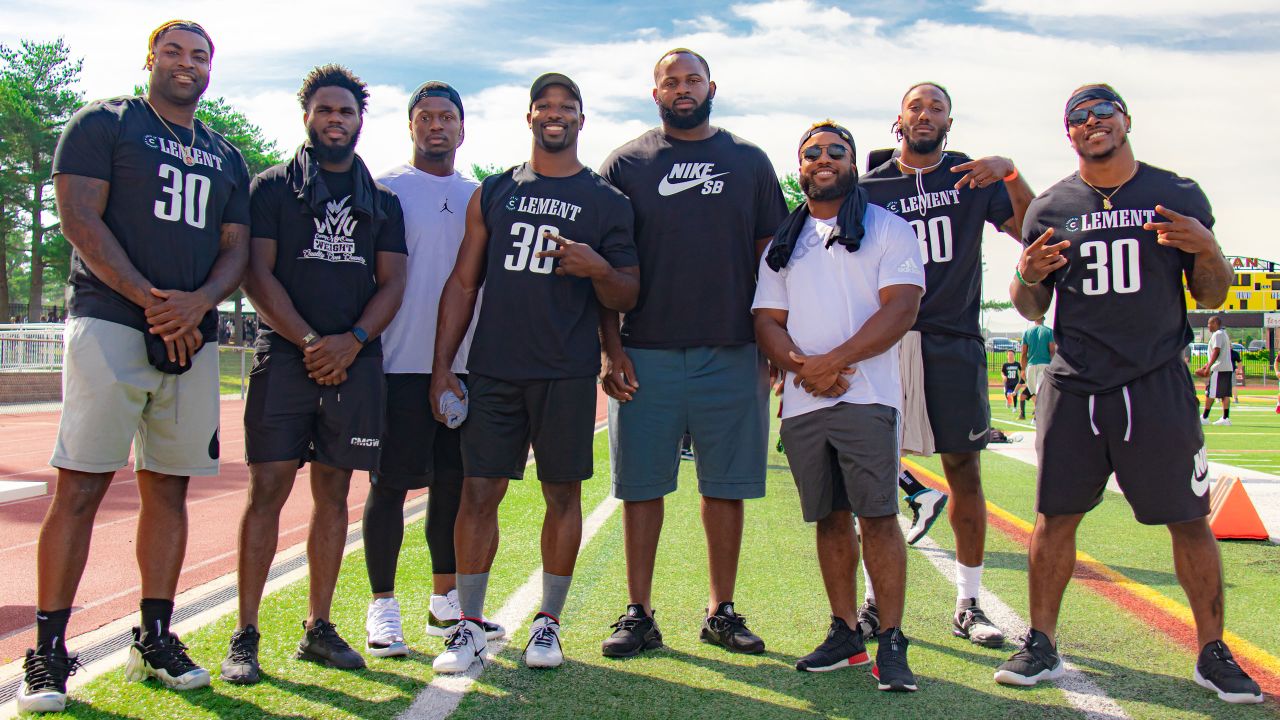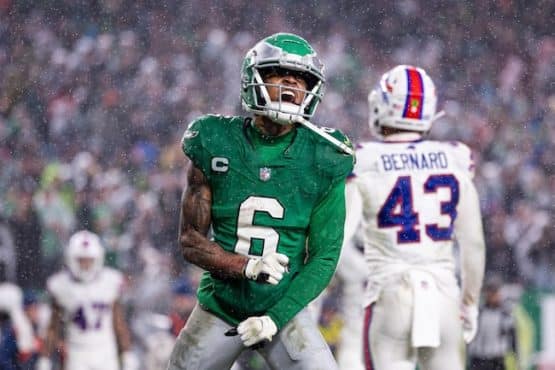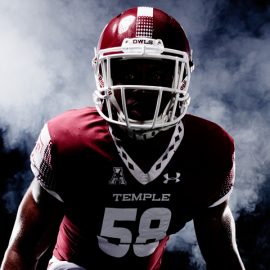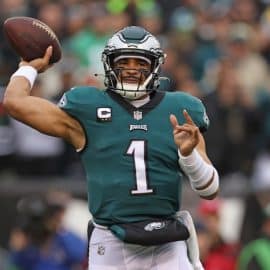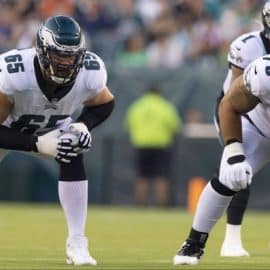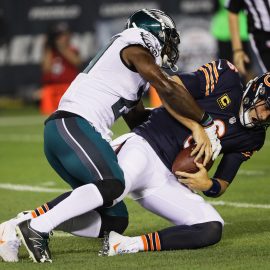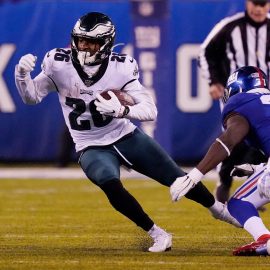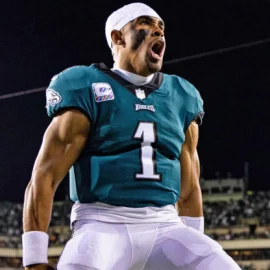As good a time as any to examine how the NFL players pension system is holding up compared to some other sports industries…
A lot of NFL players (and some Eagles veterans) are asking the question why it takes longer to qualify for a pension in pro football than it does for major league baseball?
It’s no secret that many NFL players feel under appreciated after they retire and that the healthcare benefits they receive from the league are less than adequate, too.We will hear a lot more about this in the next CBA bargaining session.
First off, let’s put the kabosh on the MLB comparison. It’s apples to oranges.
MLB players must play 43 days in the majors to earn a minimum $34,000 annual pension plan. Just one day in the majors gets them lifetime healthcare coverage. After 10 years in the big leagues, pension benefits grow to $100,000 annually.
Okay, that sounds gravy, but…remember, it takes anywhere from 3 to 5 years or longer in the minor leagues for the typical MLB prospect to get to the majors. So basically most players are already long-term employees of the system before they even get a chance to last 43 days in the Show.
Likewise hockey players have to endure a bunch of bus trips in the minors, but then NHL players must participate in 160 games to earn an annual pension plan of $45,000. That’s a much tougher minimum order requirement than MLB.
NBA players are vested after three years of service. Once they turn 62, they get at least $57,000 a year. The benefit is maxed out at $1.965 million after playing 11 seasons. Players that choose 401(k) plans are matched at 140%. Now that seems like the most enviable pension plan available in sports, until you consider how small in number the NBA rosters are relative to the other sports. Plus it’s tough to make an NBA roster to begin with, let alone last three years.
Now the NFL formula which is going to be challenged soon enough:
NFL players are also vested after three seasons. They earn $470 a month for each year they played. So according to The Street, Brett Favre, who played 20 years, will get about $112,000 a year once he turns 55. The NFL’s optional 401(k) plan matches player contributions at 200%. Players that participate in four or more seasons can also get a $65,000 annuity bonus.
The bugaboo here is the average playing career in the NFL is 3.5 seasons, which translates to $19,740 a year in pension. Many players are looking at that number and complaining how small it is compared to MLB, NHL and NBA plans.
Not to mention the hundreds of players who fall just short of qualifying for three seasons’ worth of service time…
This is one of the main issues facing union and league leaders as they must come up with a new labor agreement. The current CBA — set to expire after the 2020 season — was agreed upon in 2011 after a 132-day lockout.
According to the Washington Post’s John Clayton, there is optimism a deal could get done as early as this year. That’d be extraordinarily quick, but Clayton says both sides could be happy with the current CBA due to the fast rising salary cap and minimum spending requirement (teams are required to spend at least 89 percent of their caps):
With that much money being spent, the feeling among some union leaders is that there is an incentive for players to make a deal rather than enter into an extended labor dispute. The NFL is on the verge of surpassing $15 billion in revenue.
Philadelphia Eagles safety Malcolm Jenkins, who also serves as the team’s NFLPA rep, said he doesn’t expect an easy negotiation:
“I’ve got a feeling it won’t be as simple as it was last time,” Jenkins told ESPN. “Just because you have more players like myself who have been through the lockout before, saw how the NFLPA leadership handled that into where we are now, which I don’t think was a bad deal but there is a lot that I feel like we want to get back as players, or get as players.”
Add The Sports Daily to your Google News Feed!
